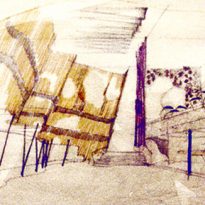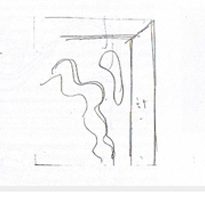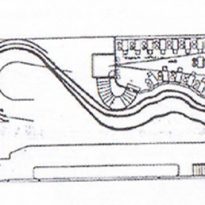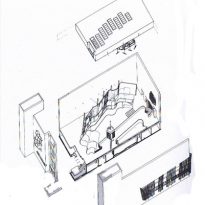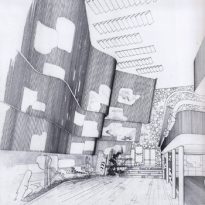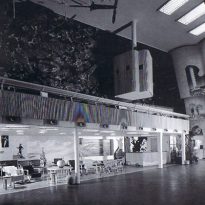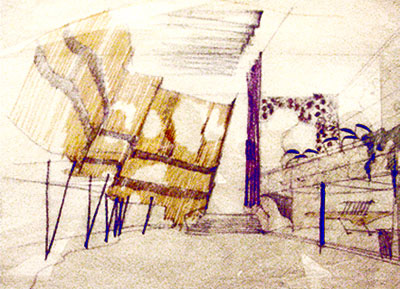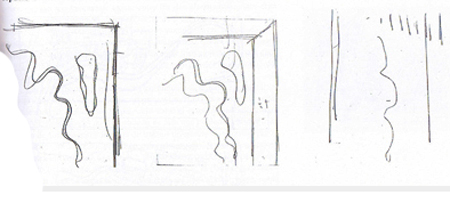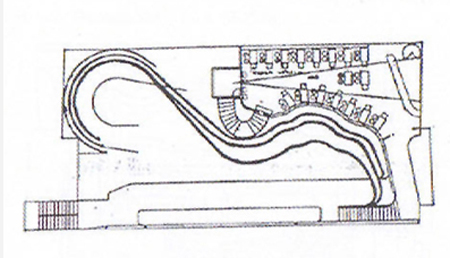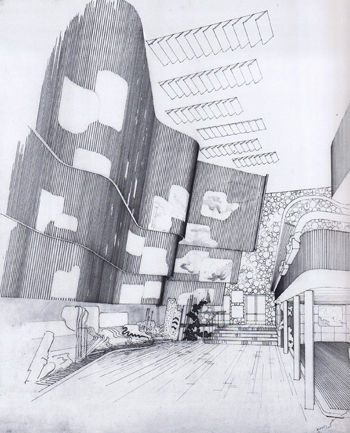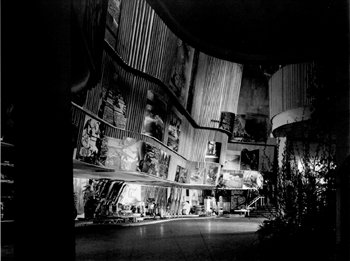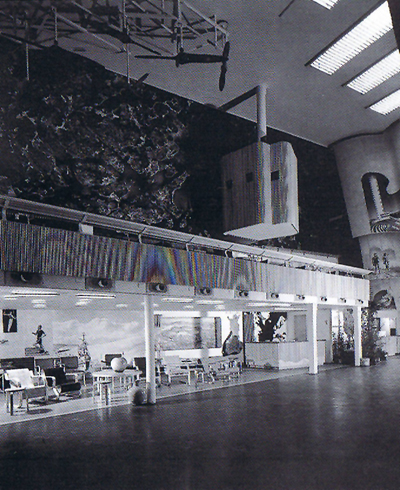Finnish Pavilion of New York

Introduction
With the pavilion created for the Universal Exhibition in New York in 1939, Alvar Aalto was solidifying his reputation in the United States, being hailed as the most brilliant interior of the fair.
The modern and innovative design of the flag was to combine the modern with the traditional architectural features of Finland.
Meaning
This was a unique four plants, which together could cover all his height. The curved wall, and bulging of the outer hull suspended maintained a close relationship with the landscape of Finland.
Spaces
The pavilion is composed of four floors for a total of 16 meters in height. The upper part of the exhibition shows the country. The following people. The third below the job. The area below summarizes these three conditions and presents the products.
Thanks to a very free and available architectural inclined panels, the hearing could include images and objects away with the same ease that cimacios of inclined planes.
This had a vertical and horizontal relationship between the graphical information and the objects themselves.
